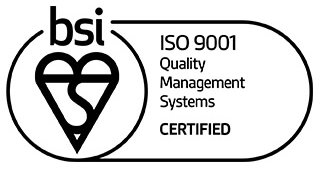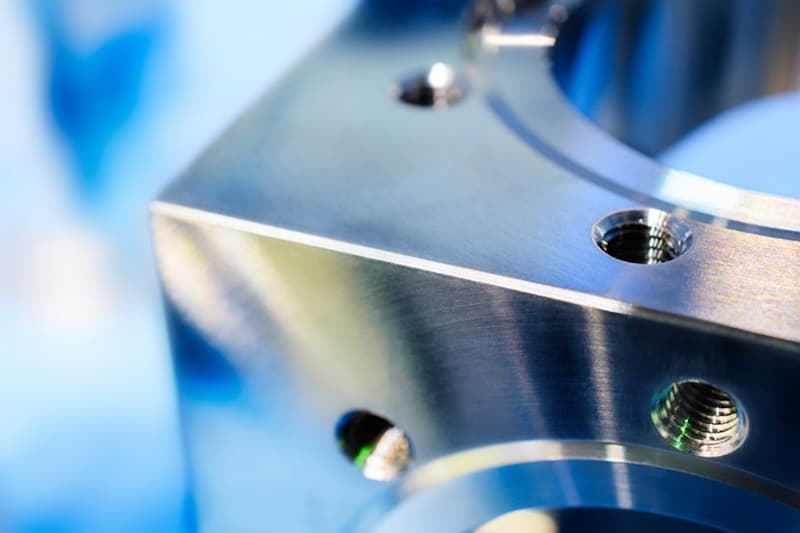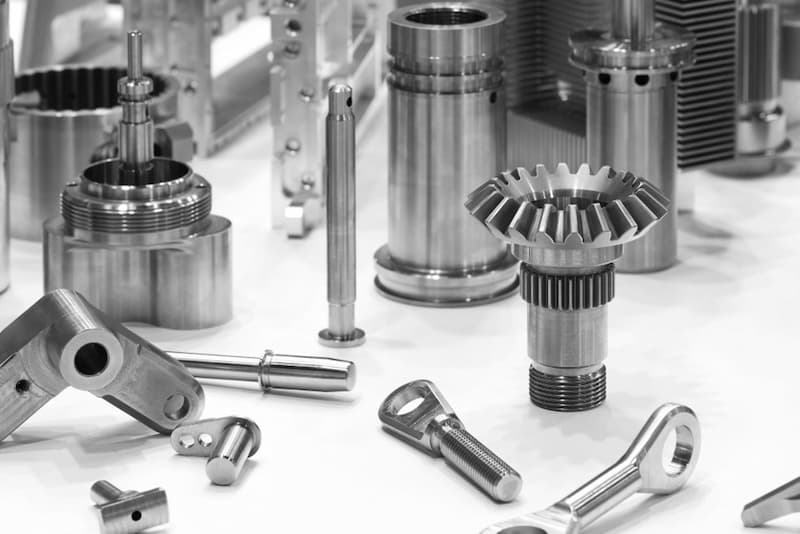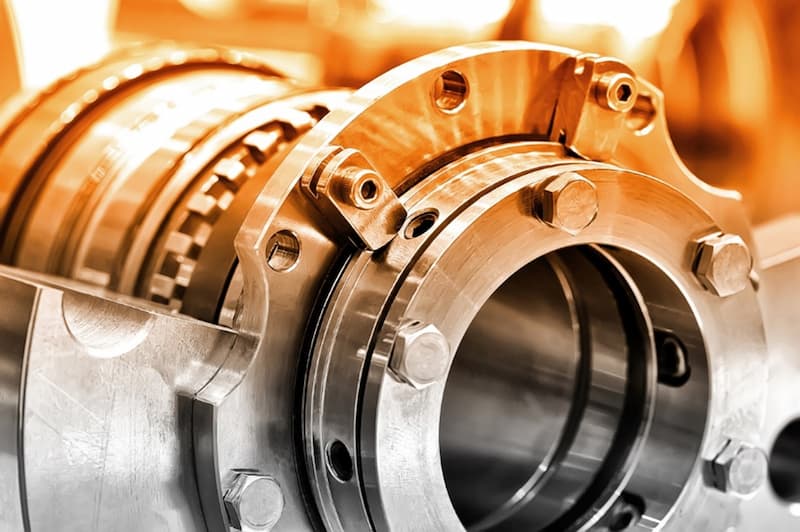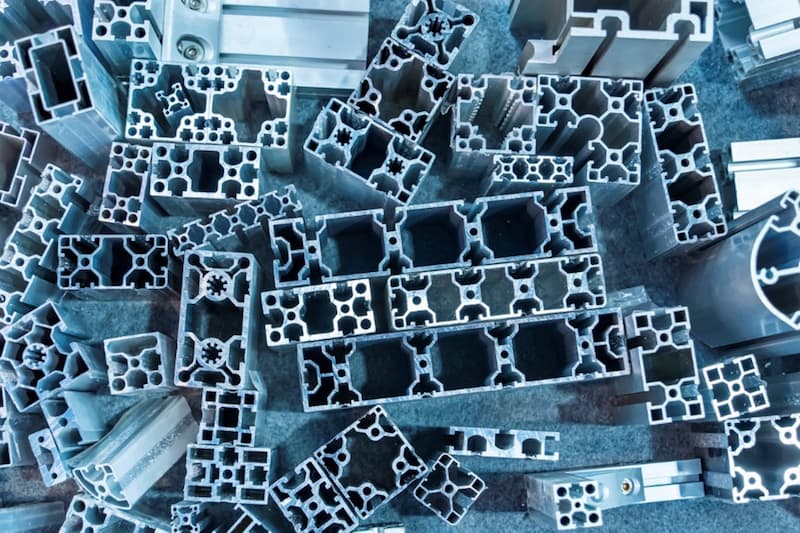Mastering Metal Properties: The Science of Heat Treatment in Metal Casting
After the casting is complete, many materials will require additional processes to improve their mechanical or physical properties, and heat treatment is one of them. This versatile service is a beneficial finishing touch for our high-quality castings and has been used in products across every industry and application. Read on to explore why we implement it and the science behind the beneficial effect it brings to the castings.
How Does Heat Treatment Work?
Heat treatment for casting is generally a process of controlled heating and cooling that affects the metal's grain structure, which in turn manipulates the metal's physical properties. It is an applicable treatment for both non-ferrous and ferrous metals, with each sub-category of heat treatment providing a unique result on the cast part in question.
Types of Heat Treatment
There isn't only one type of heat treatment; there are many sub-categories of processes that fall under the term heat treatment. Choosing which to use depends on two main factors: firstly, the desired outcome and its application to your design; secondly, the cost of the treatment and your available budget. Here is a list of the types of heat treatment that we provide here at Dean Group.
Hot Isostatic Pressing (HIP)
Hot isostatic pressing (also known as HIP or HIPing) is a treatment that successfully closes pores in a cast part to increase its density and workability. This is achieved by placing the part in a high-pressure containment vessel and then exposing it to elevated temperatures and isostatic gas pressures. This is an effective post-treatment for parts created through investment casting where there is a small possibility of minor voids existing within the cast parts. Once completed, any internal voids and microporosity in the casting will be gone, and its fatigue resistance will also be improved.
Vacuum Heat Treatment
Vacuum heat treatment may sound similar to HIP, but there is a specific difference that makes it unique: no gas is used. This process uses the classic concept of subjecting the metal to extremely high temperatures but within a vacuum chamber where the atmospheric pressure is significantly lower. Additionally, the oxygen and nitrogen in the air are removed to prevent oxidation and contamination. The result of this is to increase material strength, hardness, ductility and corrosion resistance simultaneously.
Annealing and Solution Annealing
These heat treatments are also heated to extreme levels, above the specific metal's recrystallisation point, and later cooled either quickly or slowly. The goal is to reduce some of the new components' hardness and return some of the material's original ductility, as well as add some new conditions.
For example, the higher temperature encourages migration within the metal's microstructures, and as a result, dislocations are rectified, and internal stresses are relieved. Annealing will prevent the metal from cracking whilst being worked and also counteract hardening related to later metal-forming operations such as forging.
Solution annealing specifically focuses on solid solutions or instances where elements are fully soluble in each. This slight difference creates a single-phase structure with improved properties.
Normalising
Normalising is often used on steel and steel alloys to improve the internal stresses and refine the microstructure. This is the simplest heating treatment as it involves heating the metal to extreme temperatures, soaking it in this excessive heat, and then allowing it to cool at room temperature. The cast part will need to be heated above the critical can glass transition temperatures for the alloy but remain below the melting point. The results will be a component with a uniform grain structure, restored ductility, decreased hardness, and relieve internal stresses, perfect for other manufacturing sectors like railway castings.
Harden and Tempering
Hardening heat treatment and tempering are combined processes that consist of two stages. First, hardening is performed on certain steels which contain a specified carbon range and involves heating a material before quickly cooling it down or quenching it.
The result is lighter, stronger parts and tools and dies can achieve the required resistance to wear while retaining their toughness. If a component is made of martensitic stainless steel, it can only become resistant to corrosion once it's been heat-treated like this. A further heating and cooling cycle known as tempering can be used to introduce a degree of ductility to the part, making it tougher and less likely to crack under pressure. Tempering allows parts to become tougher.
Case and Induction Hardening
Case hardening is a heat treatment designed to enhance the surface properties of the casting but leave it with a softer core. It’s a thermochemical process in which alloying elements, mostly carbon or nitrogen, are added to the surface of a metal up to a specific depth (the case); only the outer case becomes hard through this process. This is useful for certain applications since it allows a component to have a ‘soft’ ductile core with a very hard, wear-resistant outer part.
Induction hardening also focuses on the surface of the casting and increases its hardness whilst removing any brittleness. A high-frequency alternating current is passed through a coil to induce rapid heating of the material in targeted places rather than comprehensively.
The result is that wear resistance is improved, but you don’t have to compromise on toughness. Ideal for a variety of applications where pressure, as well as wear and tear, are a concern.
Carbonitriding
This heat treatment has a very similar focus as the previous hardening alternatives in that it also enhances surface strength and is often used for steel and associated alloys. The difference with this treatment is that carbon and nitrogen are introduced into the surface layer of the cast material. This also occurs at lower temperatures and for shorter times compared to other treatments, and oil is used for cooling. This process results in a hardened surface layer, increased wear resistance and a stronger core rather than the softer core associated with case and induction hardening.
Heat Treatments for Metal Castings at Dean Group
We provide a variety of heat treatments at Dean Group, as well as machining, surface treatments and other additional processes. Contact us to discuss your next project and discover how we will make sourcing your next castings significantly more efficient with our comprehensive service ranging from initial rapid casting prototype service through casting and, eventually, effective heat treatments.
Registered in England VAT No: 146307478 Company Registration No: 1062820
